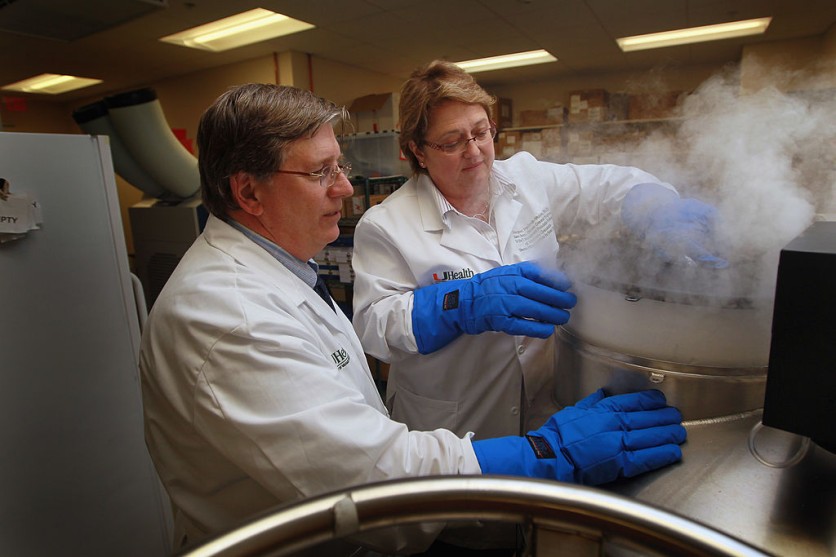Oregon State University College of Pharmacy scientists have discovered a possible treatment for genetic blindness, as reported by Interesting Engineering.

The researchers have conducted animal studies with the use of lipid nanoparticles and messenger RNA, which are the same technologies used in COVID-19 vaccines.
The team developed nanoparticles that can enter the neural retina and deliver mRNA to the photoreceptor cells. These are the cells that are responsible for sensing light and converting it into neural signals that are delivered to the brain.
Lipid Nanoparticles
There is a challenge in using lipid nanoparticles, yet the researchers were able to overcome this. Now, they can deliver genetic material for vision therapy, which ensures that the particles reach the retina at the back of the eye.
In genetic blindness, the mRNA delivered by the lipid nanoparticles instructs the defective photoreceptor cells caused by a genetic mutation to produce the specific proteins for vision.
Their study aims to develop solutions to the challenges related to the current principal method of gene editing delivery, the Adeno-associated virus (AAV).
The researchers plan to use the study to develop a better gene editor delivery system.
Also Read: Gene Therapy To Treat Inherent Blindness Will Cost $850,000: Is This The Future Of Medicine?
Genetic Blindness
There are two types of genetic blindness, an inherited disorder passed down from parents to their offspring. In an autosomal dominant genetic disorder, only one copy of the gene needs to be mutated or altered.
This condition is most common in young to middle-aged adults. People with this condition have problems with their vision even before they turn 40. In autosomal recessive genetic disorders, each gene must be mutated or altered. Both copies of the gene must be mutated or altered to produce the disorder.
People with the autosomal recessive genetic disorder have symptoms but only when they reach their 40s.
Scientists have not been able to develop a cure for any genetic disorder. Their efforts are geared towards developing solutions to the complications caused by the condition.
Genetic blindness can be managed with the use of gene editing and gene therapy. Treatment for genetic blindness includes gene therapy using vectors to deliver a working copy of the defective gene so that it produces a protein that is vital for vision. Gene therapy also involves delivering a new gene that codes for the protein that is not produced by the mutated gene.
The DNA instruction encoded in the gene directs the cells to produce a non-functioning protein, which is inert. Or, the gene delivers instructions to produce a protein that is different from the one that is not produced by the defective gene.
The potentials of gene therapy and gene editing are promising. It can potentially bring hope to thousands of families who have members with genetic disorders.
Related Article: Breakthrough Gene Therapy Reverses Vision Loss In Patients With Inherited Blindness

ⓒ 2025 TECHTIMES.com All rights reserved. Do not reproduce without permission.




